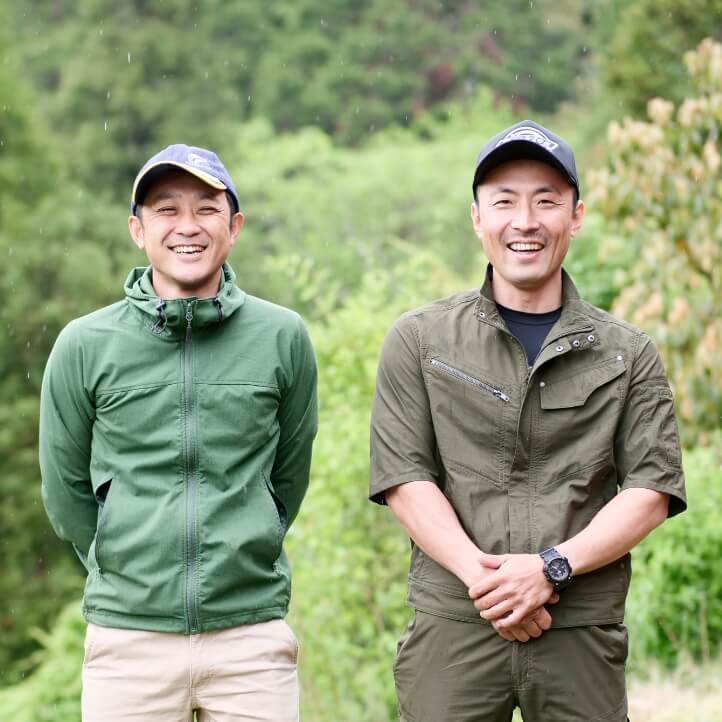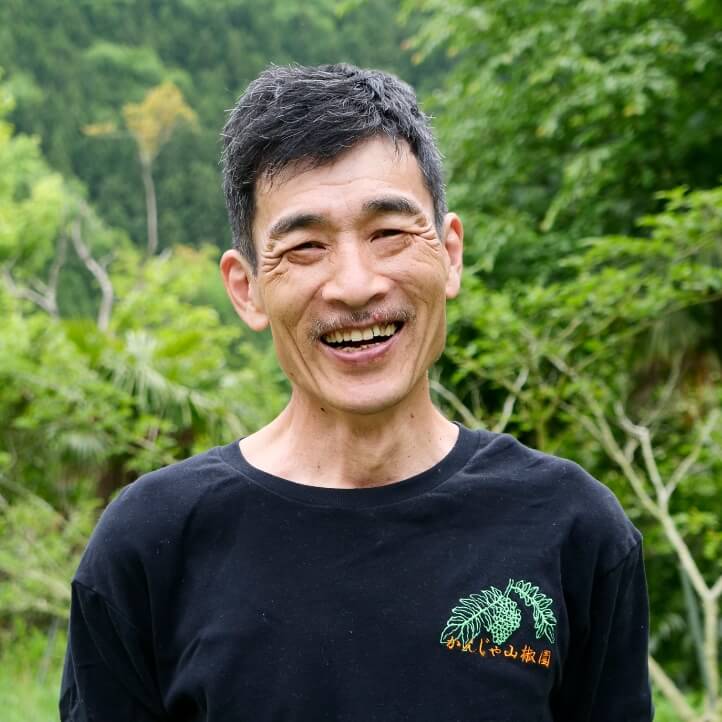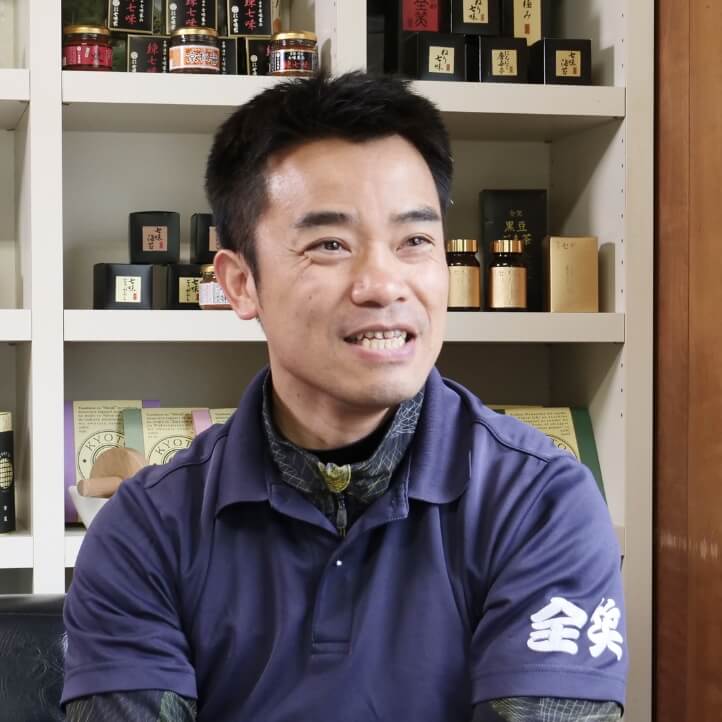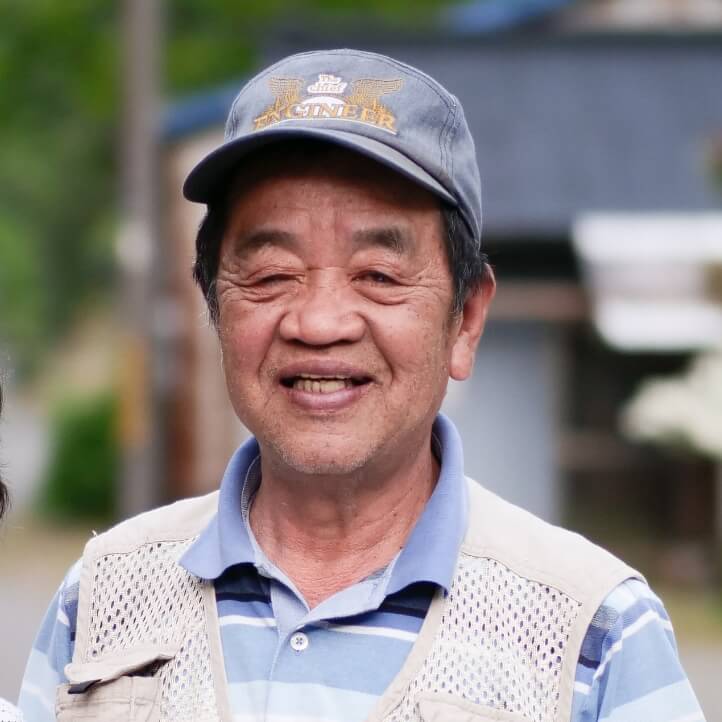Kiyonobu Shinda at Kitora Farm is from former Shimizu Town. He lives with his family in Kainan City and works at a sansho farm in the mountainous area of Shimizu area. On the other hand, Takeshi Tomioka originally from Yokohama, arrived as a local area vitalization contributor and has been living in Sakaigawa district for around half a year. What is the new style of farming from the view of these two?
A “U-turn” and an “I-turn”—Our trajectories
Shinda:I was in my hometown until I graduated from junior high school. I traveled to Wakayama City for high school, and then to Aichi Prefecture for college. After that, I joined the Self‐Defense Forces, but left because of an injury and started working in Tokyo. Then, I decided to try to make a living by farming and moved back to my hometown with the girlfriend I met in Tokyo when we married [the movement of people returning to their rural birthplace is known as a “U turn” in Japan]
Tomioka:It’s fine for me to work on a farm because I live by myself, but I think it’s a drastic decision for you to engage in farming with your family, isn't it?
Tomioka:I was born and raised in Yokohama. After I started working, I moved around Nagoya and Saitama but came to think that I wanted to start something from scratch. Aridagawa Town was the place I decided to move to when I went to discuss my plans at the migration center, and with others. [This type of migration is known as “I turn,” moving from a city to a rural area.] I moved to Sakaigawa district, and live alone. I’m learning everything from neighboring farmers and just planted a sansho sapling for the first time the other day.

“I didn’t have any interest in sansho until I came to Aridagawa Town,” says Mr. Tomioka

A year in the life of budo sansho farmers
Shinda:There is an image that farming is laborious work all through the year, but the busy time for sansho farmers is less than half a year—from April to the end of August. However, it is really tough during the peak in July and August. We get through that work somehow with the whole family pulling together.
Tomioka:Operation gets hectic because of the short harvest period.
Shinda:The average age of farmers around here is 80 years old. The housewives who help out with seasonal farm part time are aging too. It is important to make harvesting easy during the planting process. So that plants bear fruit at a height where you don’t have to squat down.
Tomioka:That too—everything including the process of growing plants, is interesting. We have to think about sun exposure and the strength of the wind when planting seedlings.
Shinda: I grow mulberry leaves and make mulberry leaf tea in autumn after my work as a sansho farmer ends in August. Also, I work as a gardener in winter in Kainan City. My wife has worked in apparel from the outset, so she has found work in that field, unrelated to farming.
Tomioka:It’s a good thing that sansho farmers can do other things for more than half of the year.


 People involved with budo sansho
People involved with budo sansho









